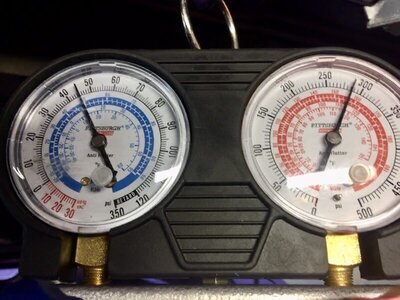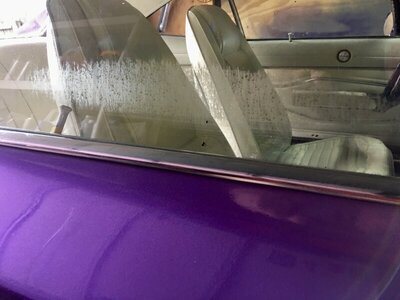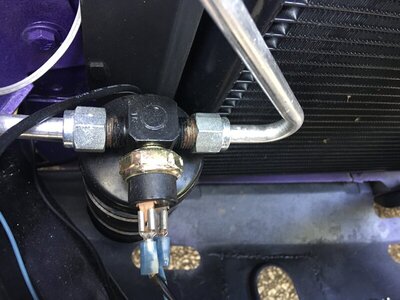1 Wild R/T
Well-Known Member
well yea you could as long as you don’t plan to drive it anywhere and just sit and idle it. Otherwise seems like a waste of time to me.
Oh, he's right, you can... But I challenger you to find an Auto A/C shop that does... Unless the guy at the shop worked in household or industrial A/C he was taught to do it with pressure gauges.... In the automotive world we don't look at Subcooling,Super Heat or Super Fly for that matter...





















